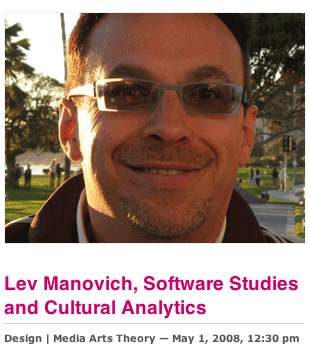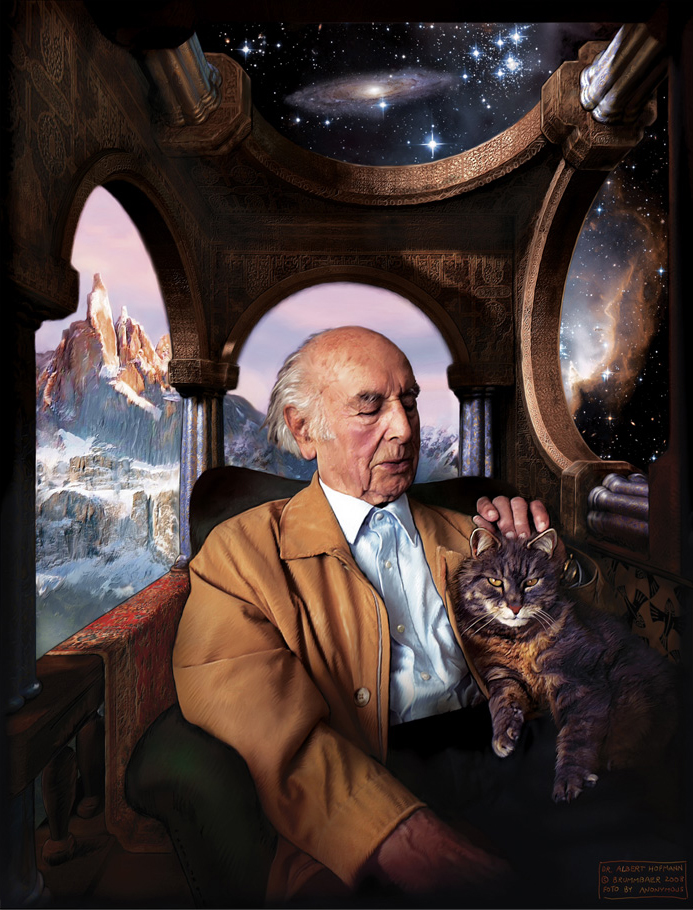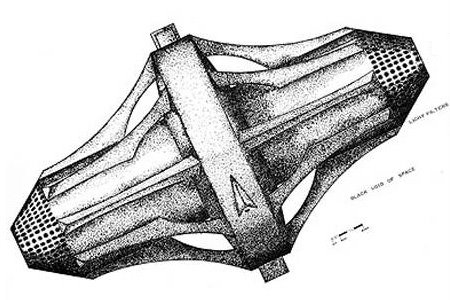From WorldChanging.com
this article was written by Jeremy Faludi in June 2007. We're republishing it here as part of our month-long editorial retrospective.
 Google Transit was already the best thing that ever happened to online public transit trip planning, and now it's grown to a whole new level. Even better, it's starting to be incorporated into the default Google Maps and Google Earth. The new features and the integration into normal map queries will make public transit more accessible and easier for everyone to understand; and in doing so, it will certainly increase transit ridership and reduce driving.
Google Transit was already the best thing that ever happened to online public transit trip planning, and now it's grown to a whole new level. Even better, it's starting to be incorporated into the default Google Maps and Google Earth. The new features and the integration into normal map queries will make public transit more accessible and easier for everyone to understand; and in doing so, it will certainly increase transit ridership and reduce driving.
One of the big barriers to public transit use is the knowledge required to use the system: where to wait, when to wait, where to transfer, how much to pay, etc. Some readers may remember that two years ago we helped cause Google Transit to happen, but it's taken off far beyond what we had suggested, and they keep getting better. What's more, they're doing it at no charge to the transit agencies (a perpetually under-funded sector of local governments). More cities are coming on board, as well; if you live in one of the eleven cities now participating, enjoy! If you live elsewhere, consider writing to your local transit agency and telling them to join the 21st century. (ahem… San Francisco, right in Google's back yard, no excuse… ahem.)
What are these tools? In addition to being able to type in your route and get comprehensive directions (including walking to stations, showing the bus or train route, walking directions between stations, how much it costs, etc.), you can plan trips by departure or arrival time and see when the next couple buses come if you miss the one you're aiming for. Now, if you zoom in enough on any Google map in the right city, all the transit stops appear, with different icons for bus, light rail, etc.; click on a bus stop and up pops a list of the buses or trains that stop there; click on the bus number, and up pops the timetable for the next several buses stopping there.
Here's a summary of the new features, with screenshots, right from the horse's mouth–Thomas Sly, a business development manager on the project. (Note the screenshots are small for bandwidth reasons; for real-size ones, give it a spin yourself on the real site.)
 I first learned about
I first learned about  May 02, 2008 – Craig Barnes
May 02, 2008 – Craig Barnes


 from
from